GERMAN URBAN POP ART
Comprehensive solo show of Thomas Baumgärtel in Cologne
GERMAN URBAN POP ART called the artist Thomas Baumgärtel, known as banana sprayer, his actual solo show. The industrial hall 64 in the LESKANPark in Cologne-Dellbrück with an area of 2,500 m2 was specially made available to him for this purpose.
Until the beginning of November 2019, it now houses around 300 works, 50 of which were created in situ. The comprehensive exhibition provides insights into the artist’s work since 1986 and is at the same time a retrospective, happening, experimental space and work in progress. In addition, a 416-page catalogue has been published by Wienand Verlag Cologne.
GERMAN URBAN POP ART, the title of the exhibition, sounds like a thematic group exhibition. So why this title for a solo show? Among the world-famous stencil artists like the British Banksy or the French Blek le Rat, Thomas Baumgärtel wanted to identify and describe himself: as a German stencil artist, still active in urban space and stylistically at home in Pop Art.
The banana motif
As a young man Thomas Baumgärtel did his community service in a Catholic clinic. There were crosses hanging on the walls of every patient’s room. One day he found a fallen cross on the floor, nailed his breakfast banana to it and hung it back on the wall. The reactions to his trick were very different, but one thing became clear to him: he enjoyed the evocation of emotions through his creation and was determined to make art from then on. And the banana should play an important role in his career.
During his psychology and art studies at the Cologne University of Applied Sciences (master student of Franz Dank), he visited Paris in the early 80s and discovered the stencils of the French pochoirist Blek le Rat in urban space. He already knew the works of the “Sprayer of Zurich”, Harald Naegeli, and later met him personally. Baumgärtel was fascinated by the stencil technique and in 1986 he made his first banana stencil. In several cities he used it to spray the picture of a vertical banana, self-appointed to places for art, next to doors or windows of galleries, project rooms, collections. The banana as a symbol of quality, like the stars for a restaurant or a hotel, marks places for art all over the world and so the motif of the banana becomes his trademark. To this day, it is a prestigious symbol of quality for art places of which the owners are proud. Sometimes it has even been forged. And one institution caused trouble after the stencil of the banana appeared overnight on the façade: the Museum Ludwig in Cologne.
From the end of the 1980s, Thomas Baumgärtel also sprayed sayings/slogans with the banana into urban space, playfully and provocatively, and became one of the first street artists in Germany. He got to know other artists and graffiti writers through his work on the street. But in addition to his activities in urban space, Baumgärtel also produces many works in his studio. Here, too, the motif of the banana flows into his studio works, as a pattern, as a small element, as an abstract form, as spraygrams or in banana pointillism, or as the main motif on canvases, paper works, on objects and sculptures, on mobiles or installations.
Social criticism and civil disobedience with humour
But the banana sprayer is not interested in the banana, but in art with a message. Through his socio-critical and political consciousness he denounces grievances with the means of his art, acts in the name of the freedom of art or for democratic rights through provocative images. Art that urges confrontation, that seeks the public and is exposed to real life on the street. His civil disobedience and his sense of challenging wit drove him to attach his art to walls in urban space or to paint with bananas Wolf Vostel’s sculpture “Ruhender Verkehr” (Resting Traffic) from 1969, for example in broad daylight in 1993. The Fluxus artist Vostel didn’t like this act of overpainting at all and the sculpture had to be cleaned quickly. In protest, Baumgärtel spent a week camping with friends and passers-by on the concrete sculpture. As a Fluxus artist, Baumgärtel thought, Vostel would have to be able to deal with action art and with changing art in public space.
In 1998, the Cologne artist placed a half oversized banana sculpture in the main portal of Colognes Cathedral without permission, but unfortunately it had to be dismantled very quickly.
His large-format canvases with portraits of politicians often show a certain sarcasm through the tool of the banana. The stencil of Erdogan with a banana in his bottom, “Turkish Dictator” from 2018, is probably best known for its provocative effect (because it caused a sensation at an art fair), or then canvas showing Trump with a banana stuffed into his mouth.
Not all bananas!
The confrontation with dictatorships and autocracies or the climate catastrophe is a central concern in his solo show: an old GDR shunting locomotive in the middle of the hall has been sprayed with the slogan “Rail travel is climate protection”. A yellow ton with a CO2 pattern stands on a wagon. An old chewing gum machine was transformed into a mini-bomb machine with a Trump portrait sticker. The Prime Minister of the United Kingdom Johnson glances out of an ICE door with a grimace on his face and the Queen Elisabeth is depicted on a canvas with a banana crown, once with and once without a blue eye. The slogan “Stay with us” in the UK flag in the background refers to the forthcoming Brexit. Activists are honored here, as if by a large portrait of Greta. The motif of the banana almost disappears here, it is only a small sample motif in the background.
But not all works are provocative or show bananas. For example, a group of stencil portraits of women on pressed metal barrels is surprising. Portraits of his ex-girlfriends, as he says, “thrown in the barrel”. Or his grisaille-style/grey canvases of Cologne city views and the cathedral. Black and white stencil works with tool motifs on leather seats are reminiscent of photograms. New large-format paper works show views of the city, painted on the backs of advertising posters removed from the urban space. The natural impressions of bricks and walls, the traces of time in urban space, form a wonderful background for these new cityscapes by the painter.
GERMAN URBAN POP ART – Bananensprayer, Sep 2019 GERMAN URBAN POP ART – Bananensprayer, Oct 2019 GERMAN URBAN POP ART – Bananensprayer, Oct 2019 GERMAN URBAN POP ART – Bananensprayer, Oct 2019 GERMAN URBAN POP ART – Bananensprayer, Oct 2019
The banana sprayer’s works are more complex than you might think, even though the yellow paint – the cadmium yellow of the spray can – and the banana motif seem to dominate. This large retrospective solo exhibition by Thomas Baumgärtel shows a variety of works. Various painting techniques, different formats, stencil art on different objects and materials, but also sculptures, installations and works in situ are represented. In addition to the artist’s many forms of expression, the visitor becomes more aware of the concerns and themes that motivate the artist to create. What is conspicuous is the constant joy of experimenting, the will to provoke playfully – even with the repetitive motif of the banana-, cheeky and with humor for over 30 years.
Die Ausstellung steht unter der Schirmherrschaft von Henriette Reker, Oberbürgermeisterin der Stadt Köln.
In cooperation with Galerie 30works, Köln and Kölnischen Stadtmuseum.
The exhibition runs until 3. 11. 2019 and can only be visited after registration at: office@bananensprayer.de
GERMAN URBAN POP ART – Bananensprayer, Oct 2019 GERMAN URBAN POP ART – Bananensprayer, Oct 2019 GERMAN URBAN POP ART – Bananensprayer, Sep 2019 GERMAN URBAN POP ART – Bananensprayer, Oct 2019 GERMAN URBAN POP ART – Bananensprayer, Oct 2019 GERMAN URBAN POP ART – Bananensprayer, Sep 2019 GERMAN URBAN POP ART – Bananensprayer, Sep 2019 GERMAN URBAN POP ART – Bananensprayer, Oct 2019 GERMAN URBAN POP ART – Bananensprayer, Sep 2019 GERMAN URBAN POP ART – Bananensprayer, Oct 2019 GERMAN URBAN POP ART – Bananensprayer, Oct 2019 GERMAN URBAN POP ART – Bananensprayer, Sep 2019 GERMAN URBAN POP ART – Bananensprayer, Oct 2019 GERMAN URBAN POP ART – Bananensprayer, Oct 2019 GERMAN URBAN POP ART – Bananensprayer, Oct 2019 GERMAN URBAN POP ART – Bananensprayer, Oct 2019 GERMAN URBAN POP ART – Bananensprayer, Oct 2019 GERMAN URBAN POP ART – Bananensprayer, Oct 2019 GERMAN URBAN POP ART – Bananensprayer, Sep 2019 GERMAN URBAN POP ART – Bananensprayer, Oct 2019 GERMAN URBAN POP ART – Bananensprayer, Sep 2019 GERMAN URBAN POP ART – Bananensprayer, Oct 2019 GERMAN URBAN POP ART – Bananensprayer, Oct 2019 GERMAN URBAN POP ART – Bananensprayer, Oct 2019 GERMAN URBAN POP ART – Bananensprayer, Sep 2019 GERMAN URBAN POP ART – Bananensprayer, Oct 2019 GERMAN URBAN POP ART – Bananensprayer, Oct 2019 GERMAN URBAN POP ART – Bananensprayer, Oct 2019
Photographs taken during the opening September 15th and visit on October 8th
1,066 views
Categories
Tags:






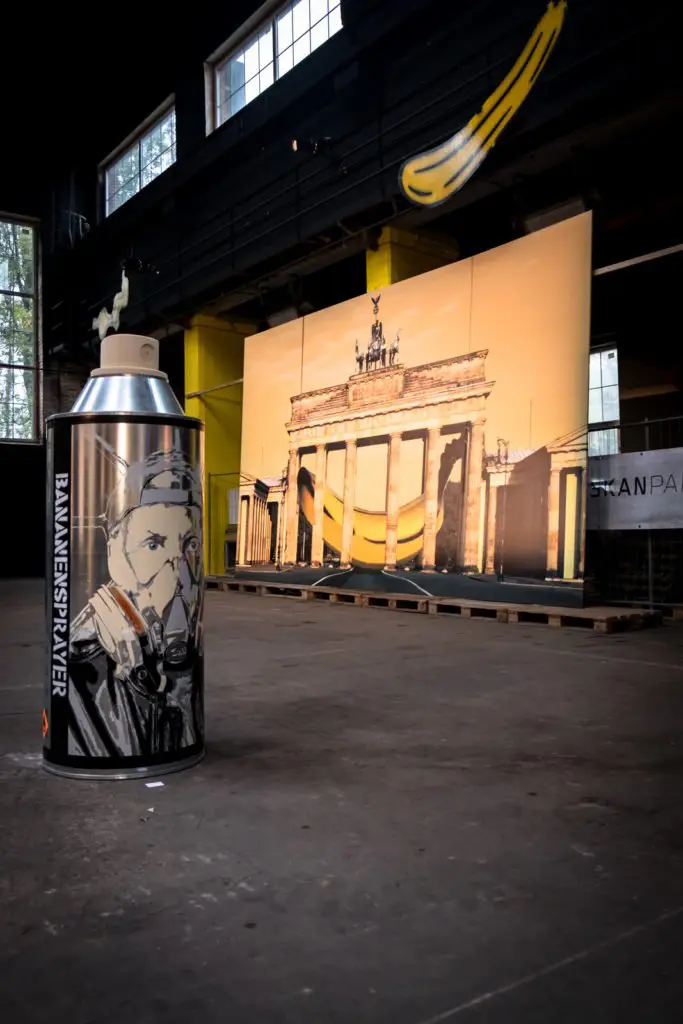





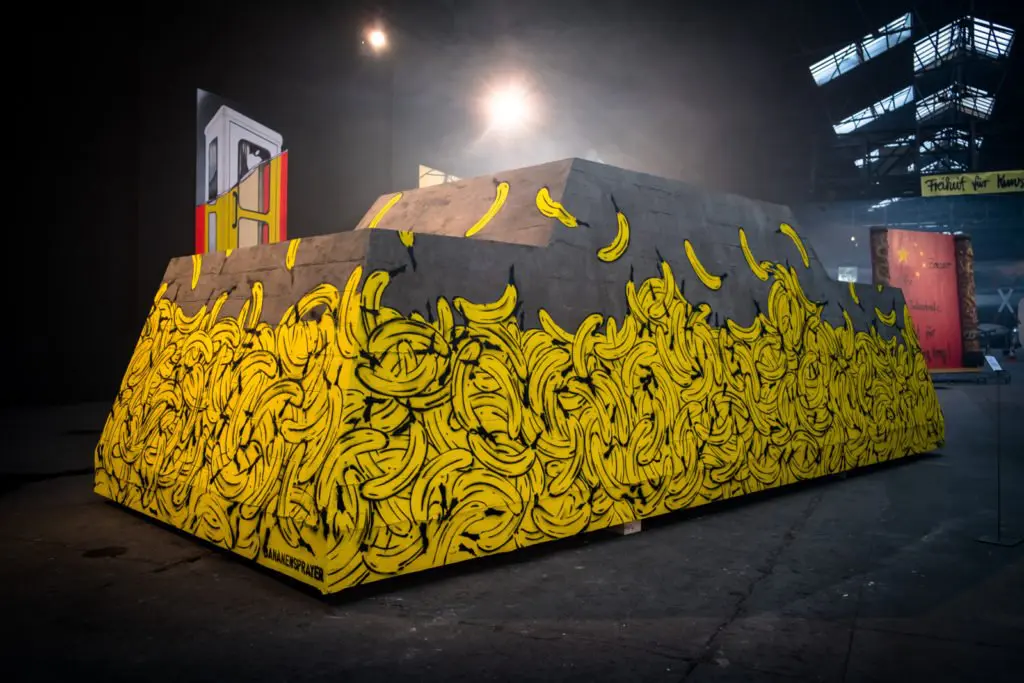
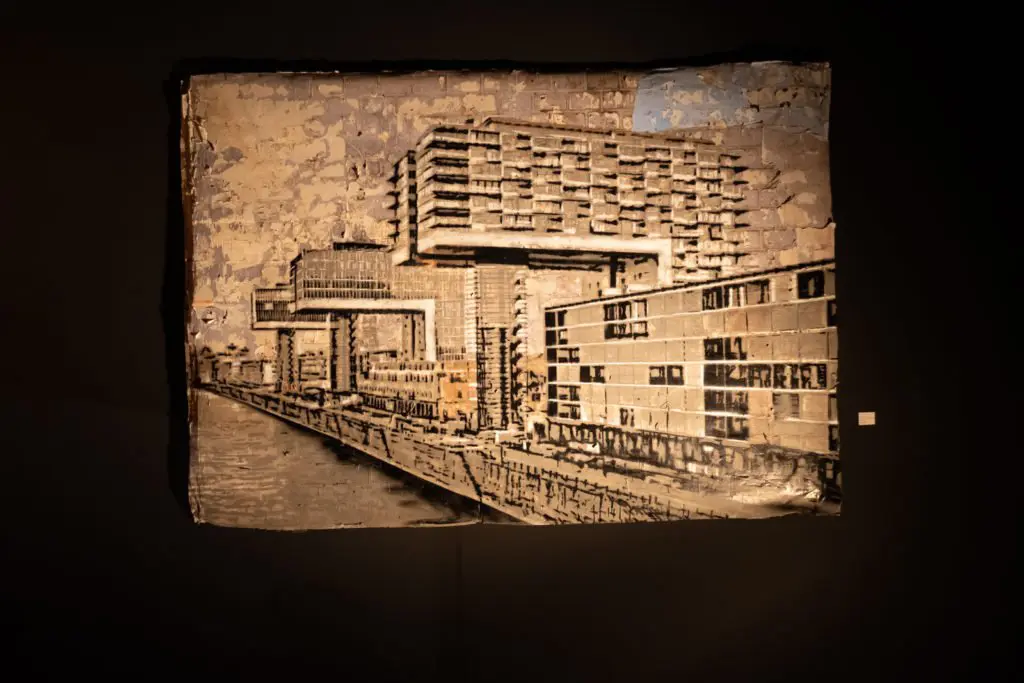

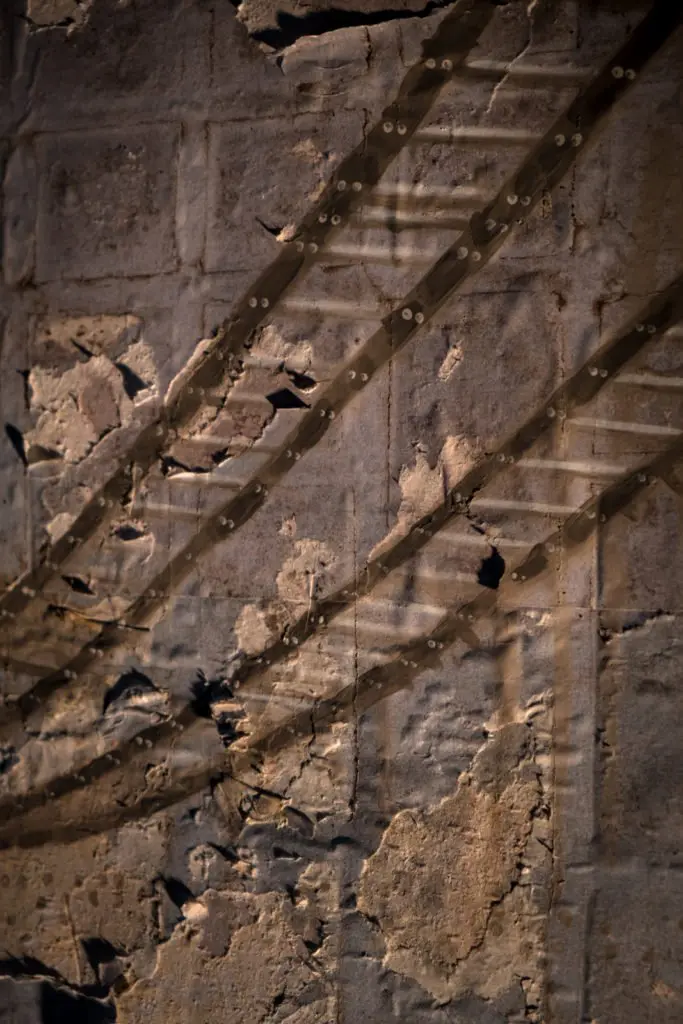






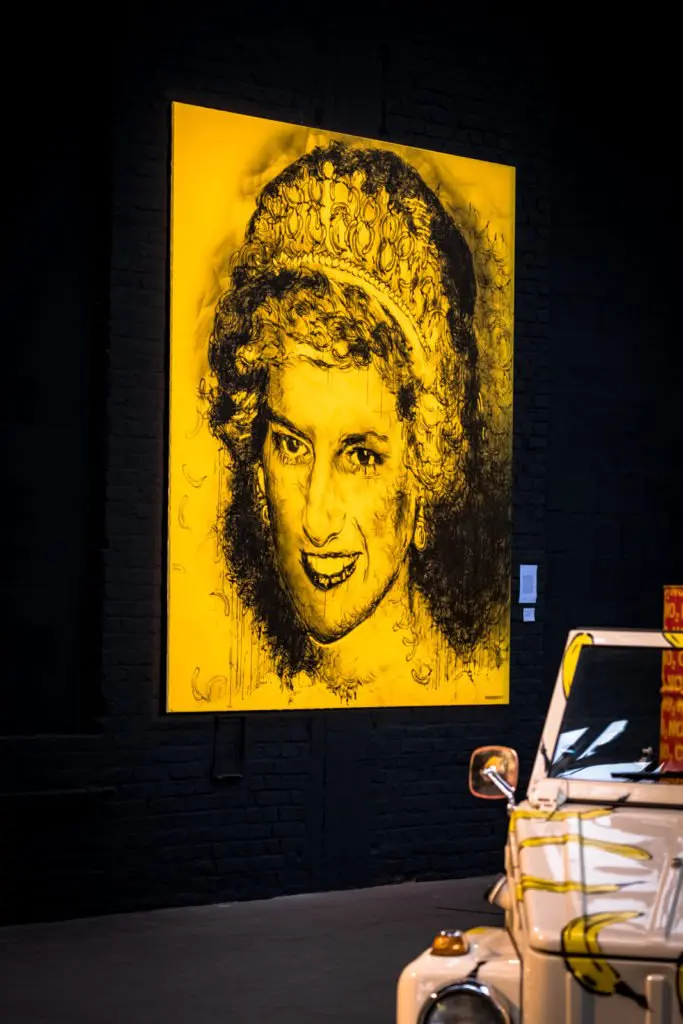
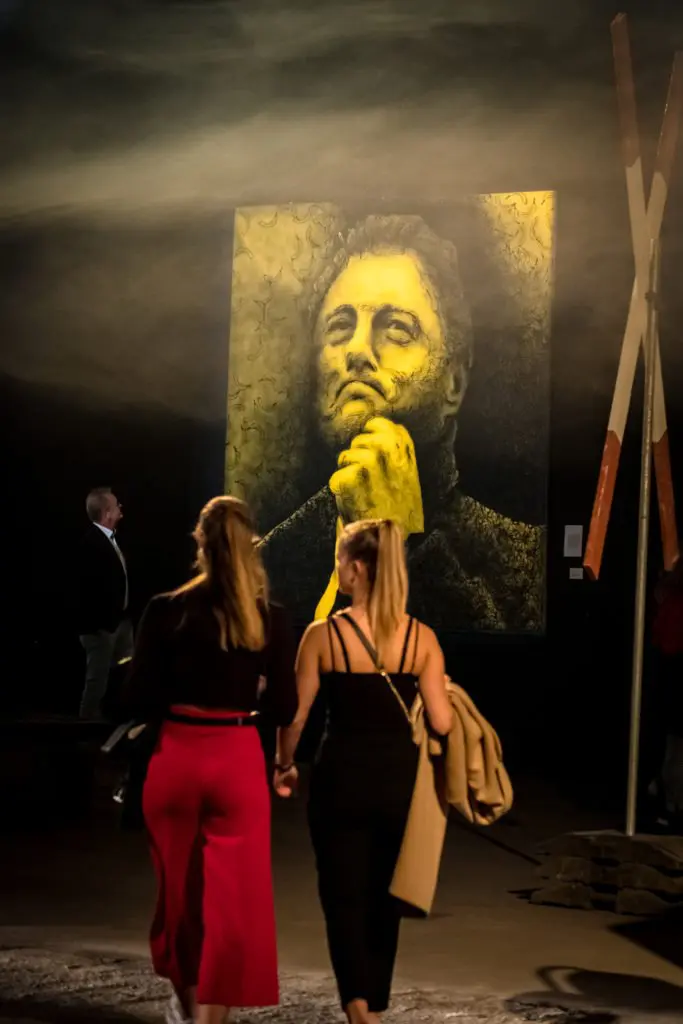
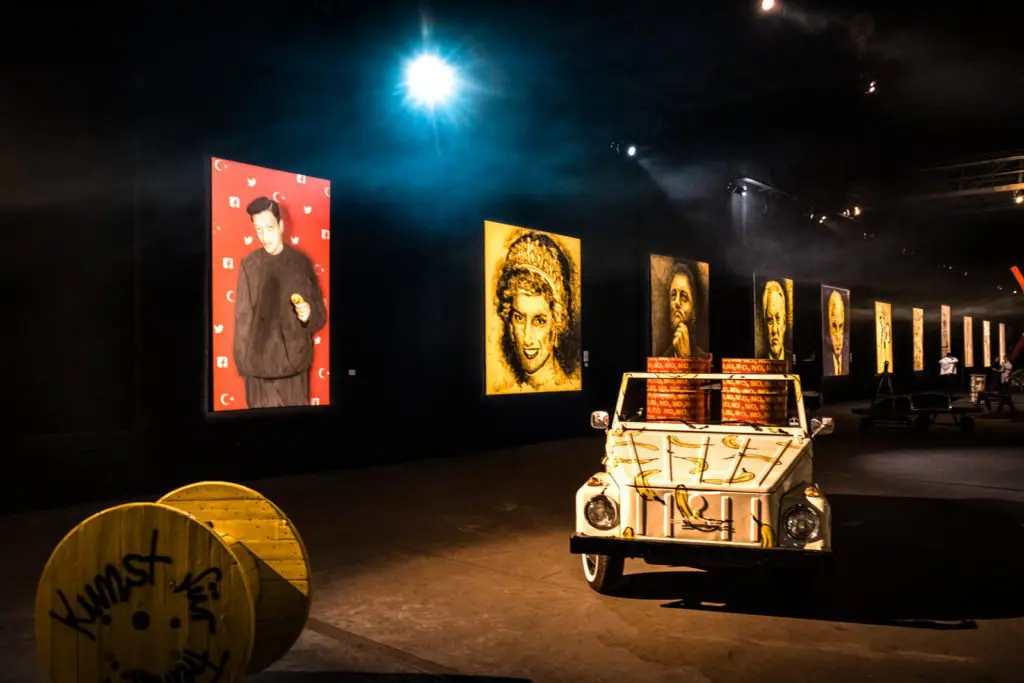
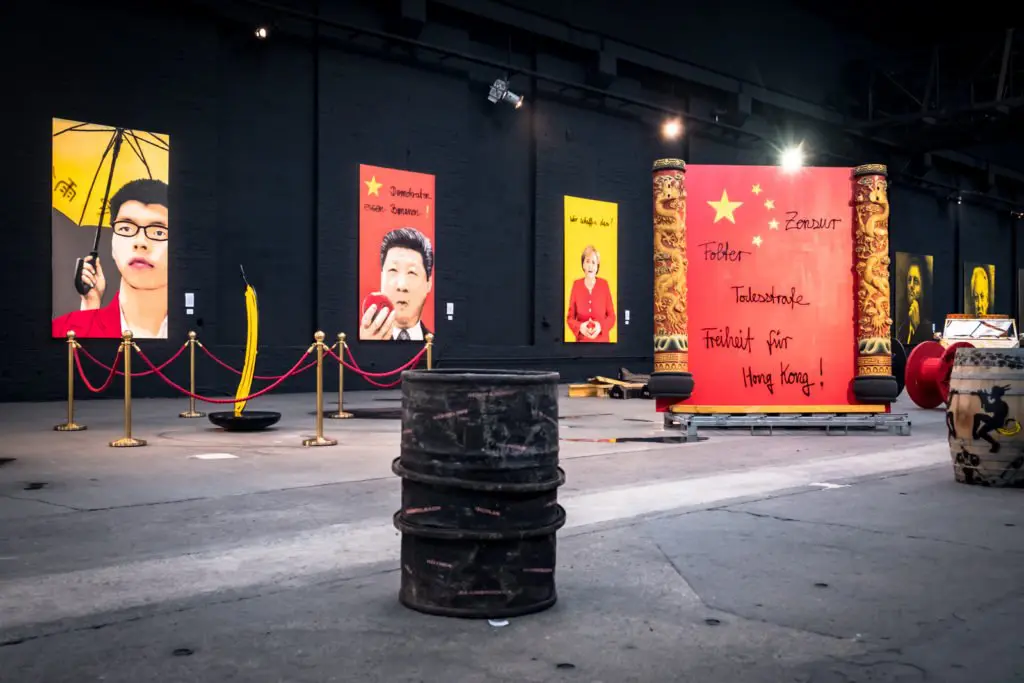
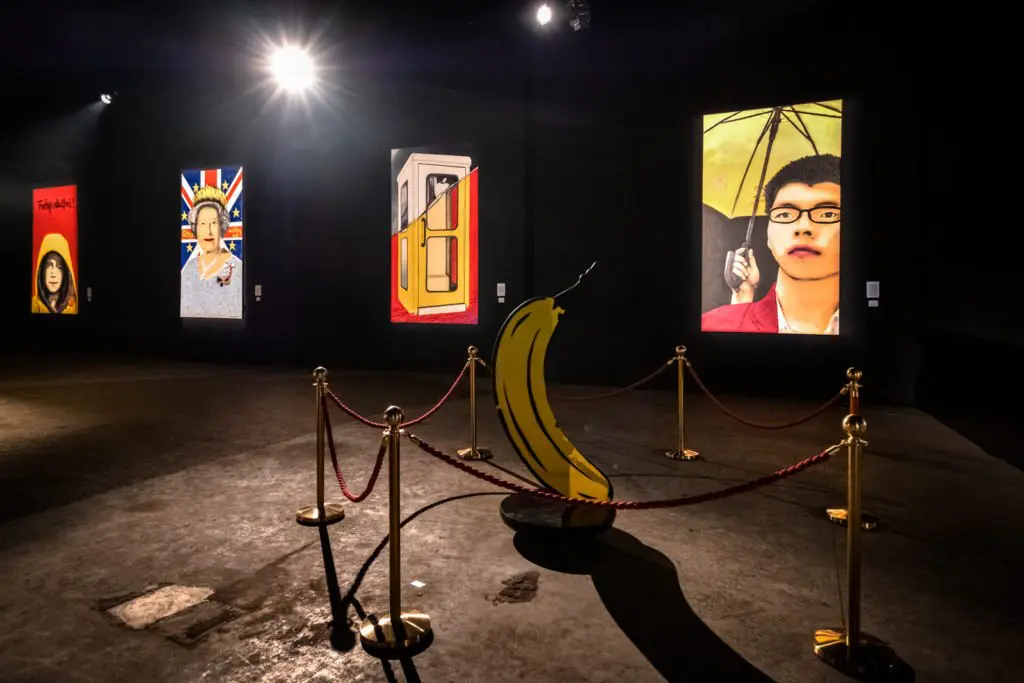
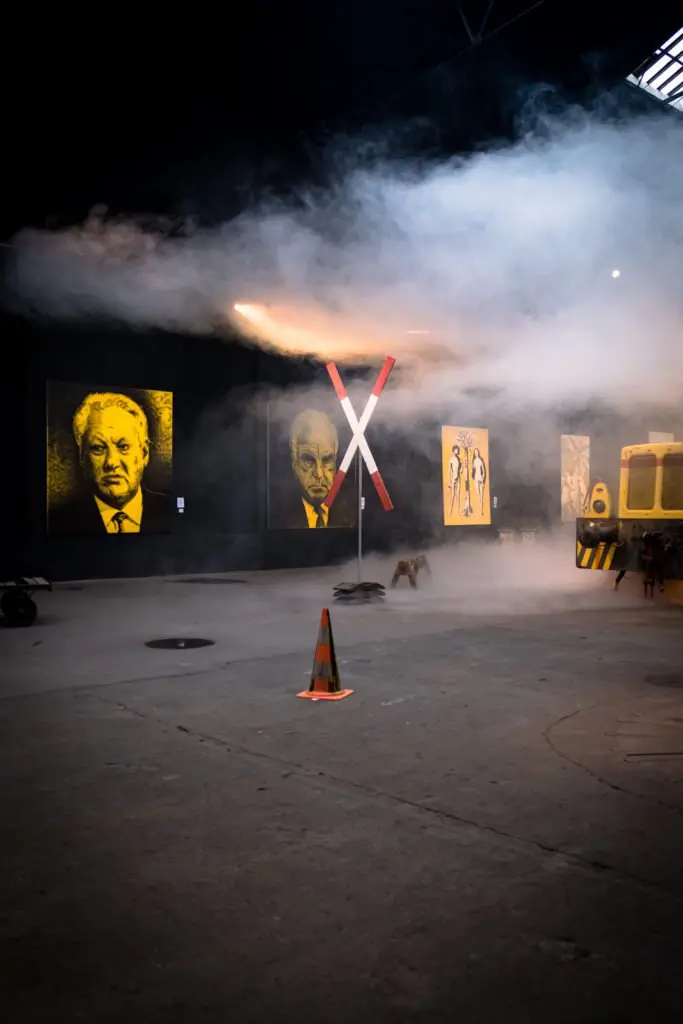
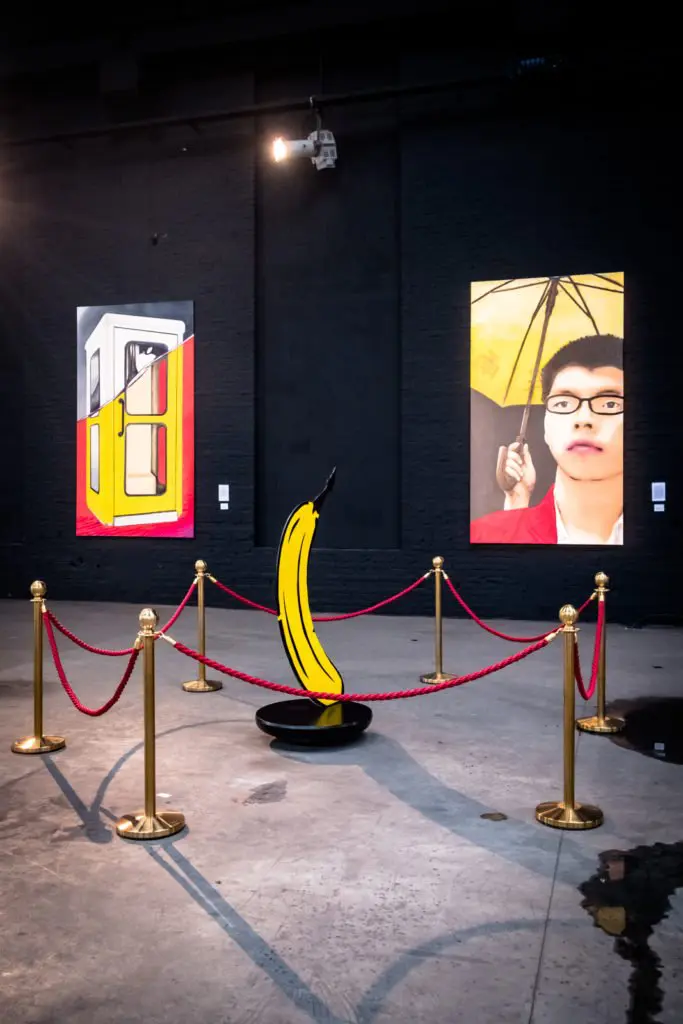
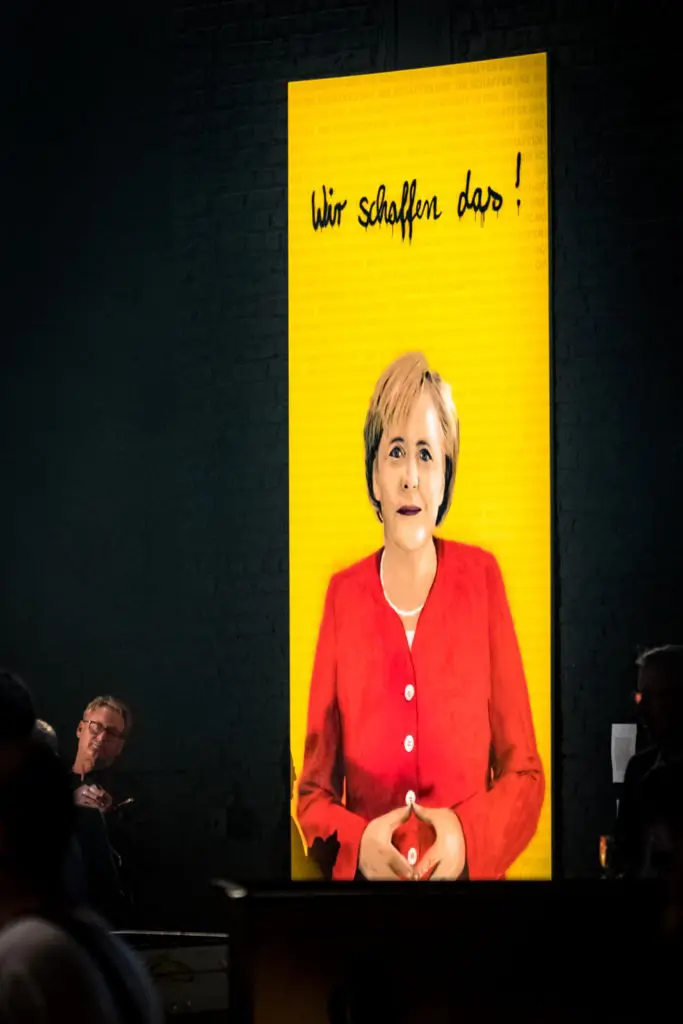

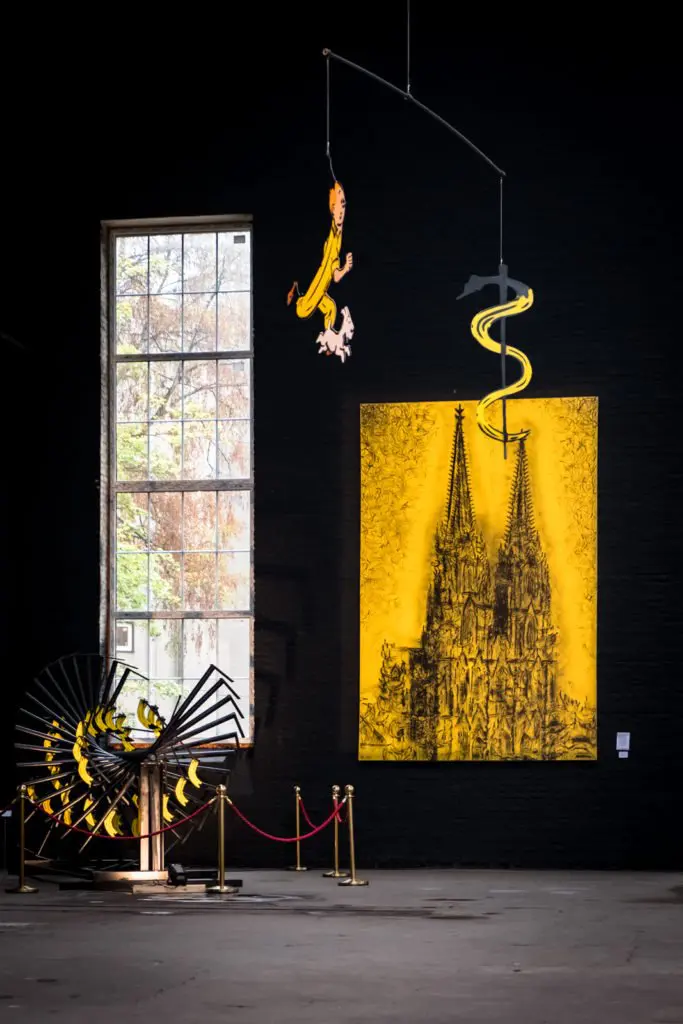
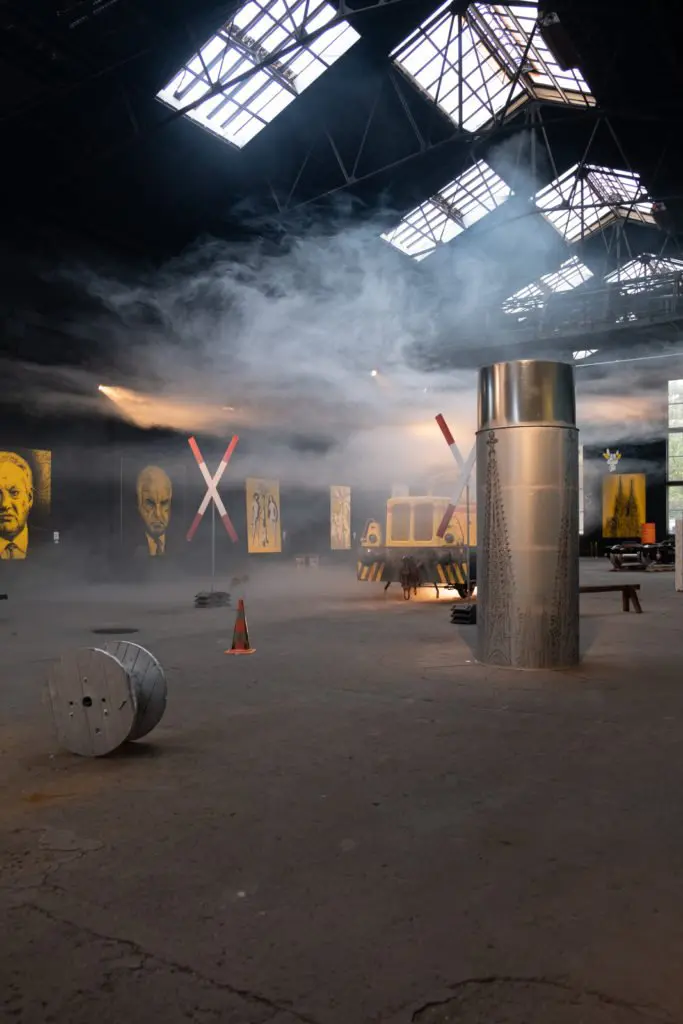
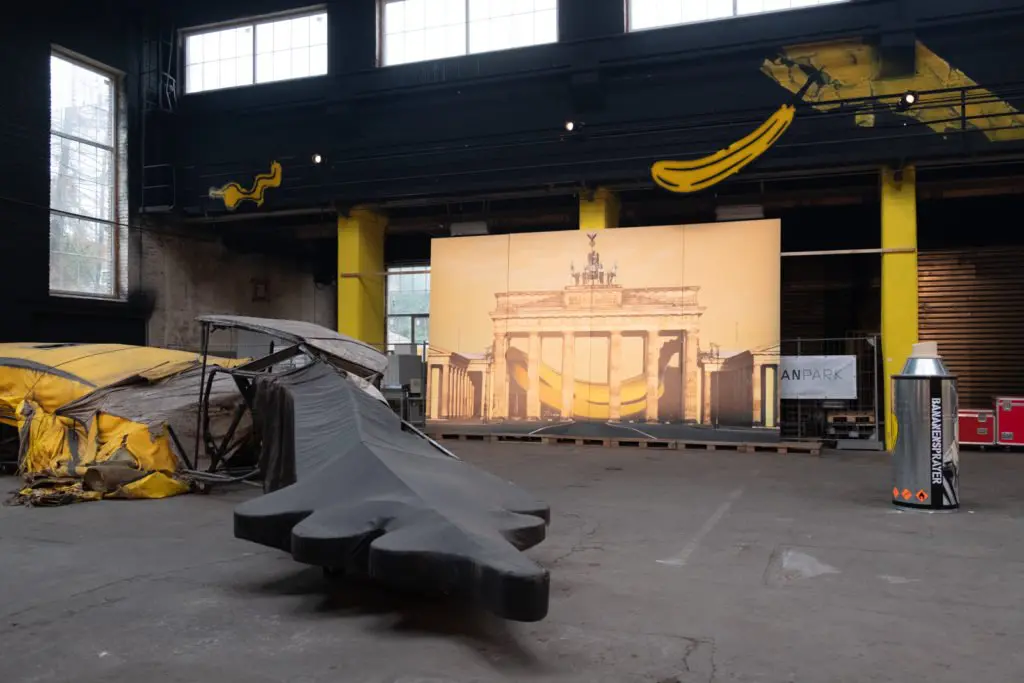


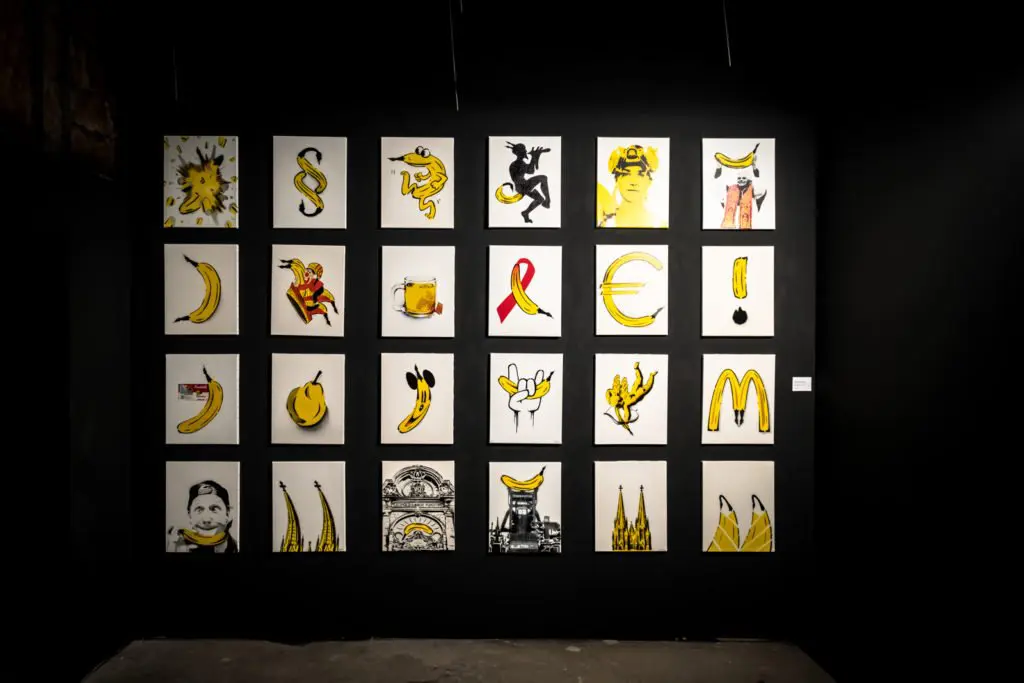
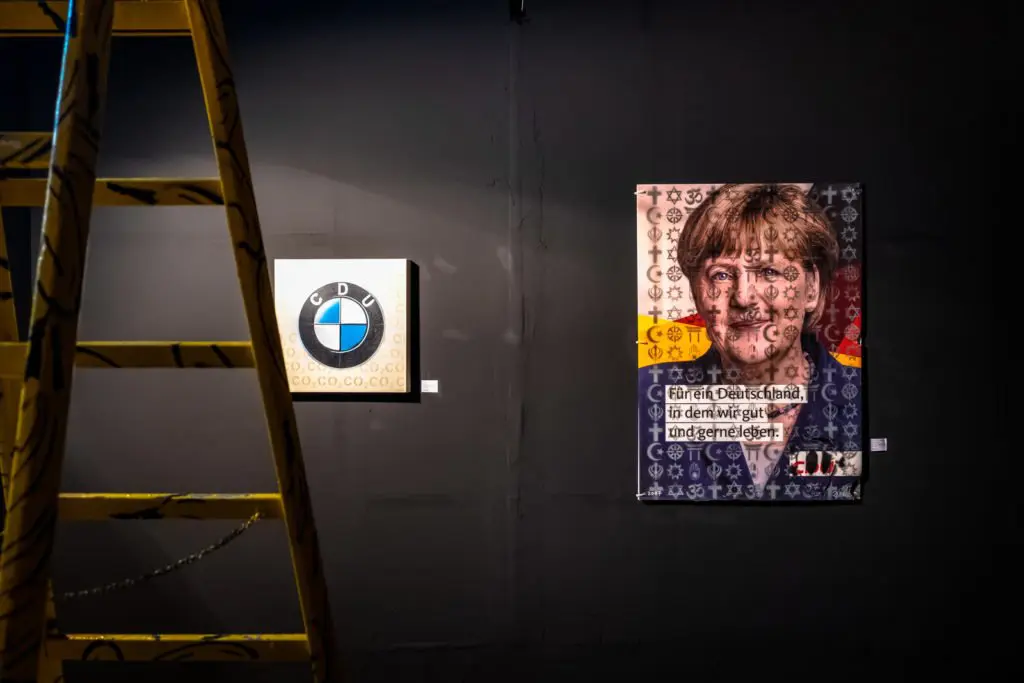


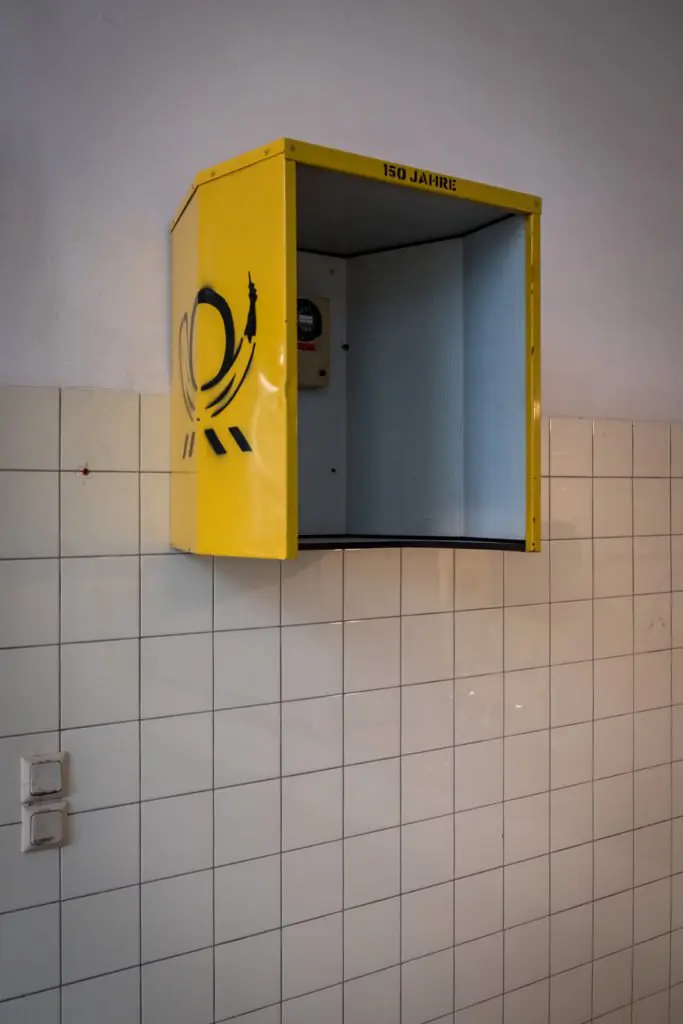

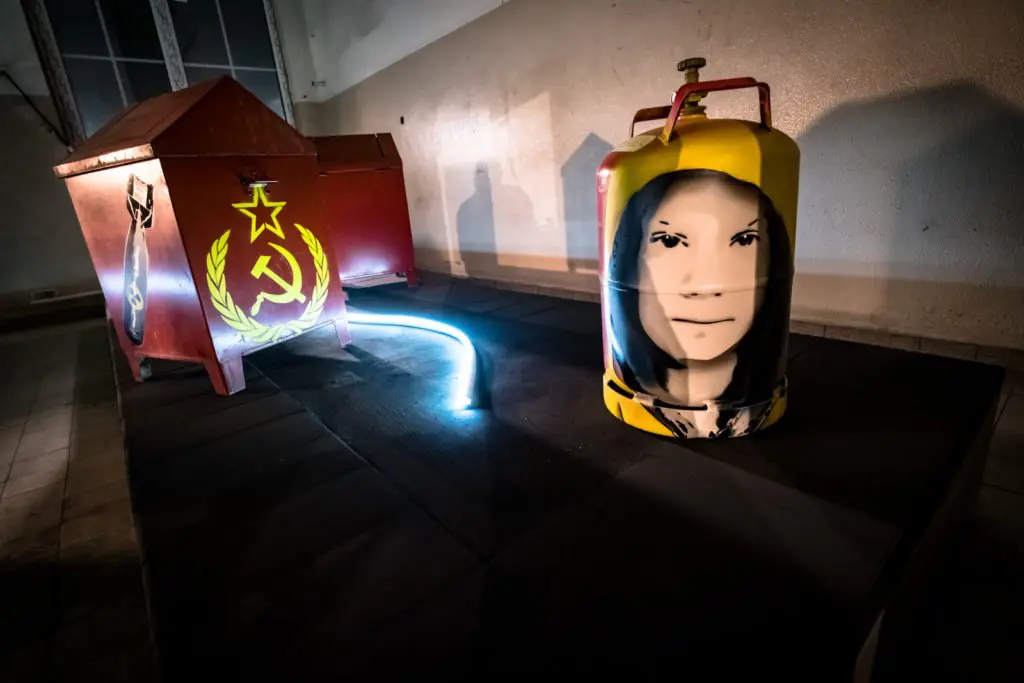






Leave a Reply